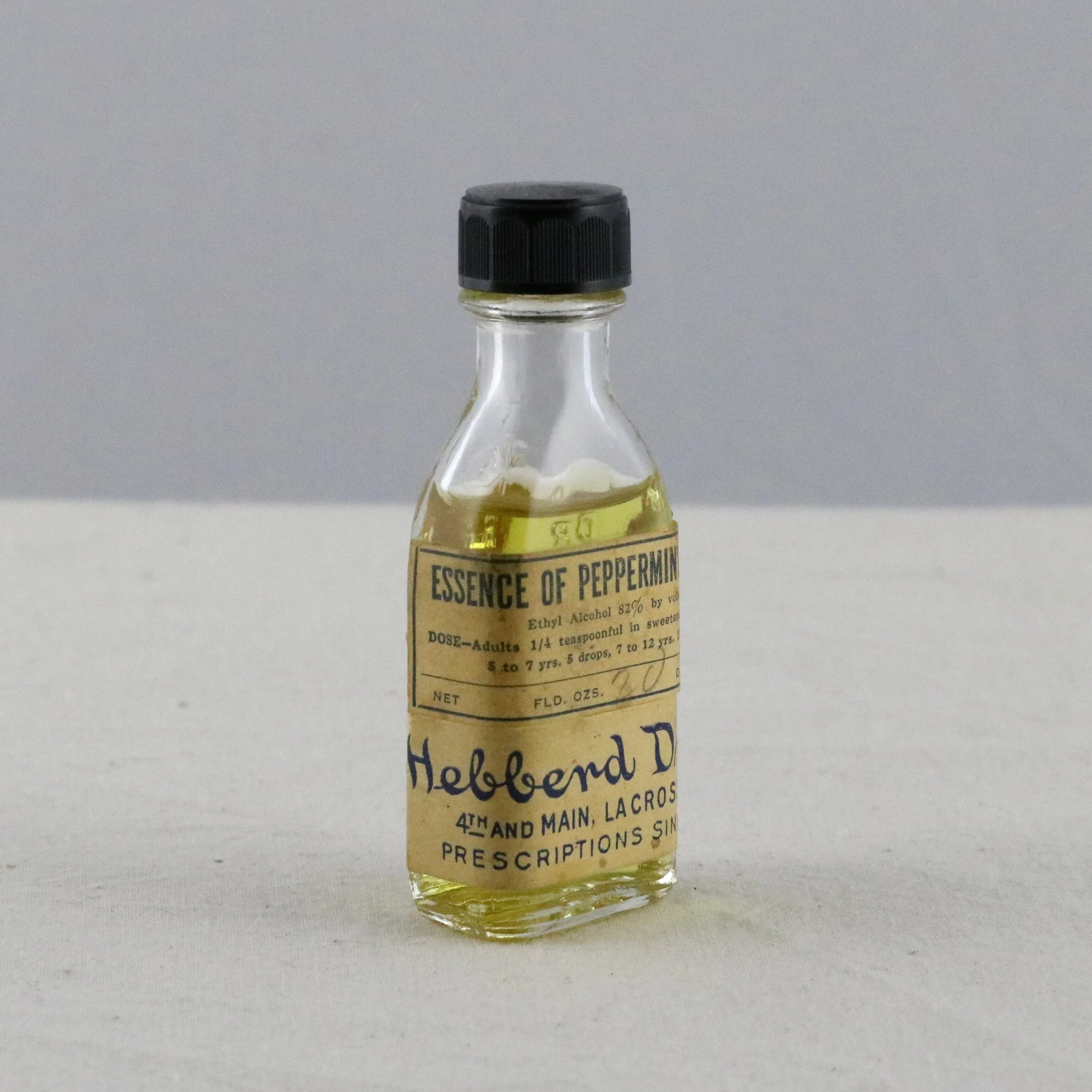Amy Vach
Catalog Number: 2014.008.02-18
Copyright La Crosse County Historical Society
These button cutting tools were used by La Crosse’s fastest button cutter, Peter Brunner, at the Wisconsin Pearl Button Company.
At the turn of the 20th century hundreds of people along the Upper Mississippi River made their living from the pearl button industry. The process of pulling a mussel from the Mississippi River and turning it into a useable everyday item required a variety of workers and skills.
It started with the clammers, the people that caught and collected boatloads of mussels in the river. Once the mussels were brought to shore, they were boiled to open the shells. Clammers hoped that the shells would reveal precious pearls inside, but that seldom happened. After checking for pearls, the meat was removed and sold to farmers for hog feed and to fishermen for bait. Finally, the clammers sold the shells to local button companies like the Wisconsin Pearl Button Company.
At the factory, the shells were sorted and soaked in vats of water to make them pliable for cutting. Next, it was button cutter’s turn to work with the shells. At its height, the Wisconsin Pearl Button Company employed 75 button cutters.
Peter Brunner used these tools, various hole saws, and clamps, to get as many button blanks per shell as possible. He excelled at his work and was known for having hands that worked well in the wet conditions for very long lengths of time. In a 1906 La Crosse Tribune article, Brunner was announced as the fastest button cutter in the Mississippi valley.
After the button blanks were cut, they were sorted by size. Thicker buttons could be carved with elaborate designs, while thinner buttons remained plain. Several machines were used to smooth the rugged edges and scrape off the rough exterior of the shell. Either two or four button holes were cut into the center of each blank. Then the buttons were placed in an acid bath to bring out their luster and tumbled in pumice and sawdust. Finally, some of the buttons were dyed. Once the buttons were finished, women sewed the buttons onto cards for retail distribution.
In 1933 the Wisconsin Pearl Button Company closed its doors due to the depletion of mussels in the Mississippi River and the competition from cheaper plastic buttons.
Peter Brunner’s tools were saved by his family and were donated to La Crosse County Historical Society in 2014 by Brunner’s first cousin once removed, Robert Halseth.
This article was originally published in the La Crosse Tribune on April 20, 2019.
This object can be viewed in our online collections database by clicking here.




